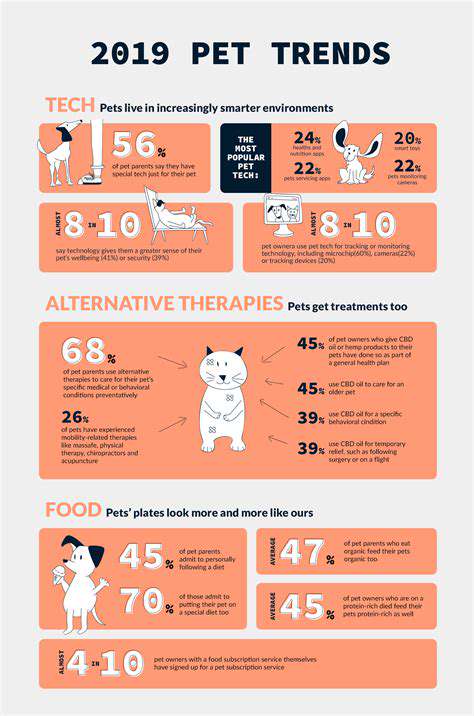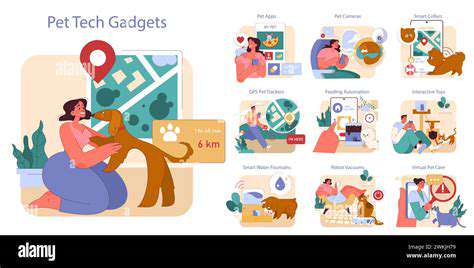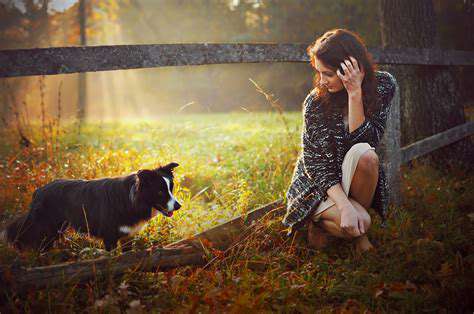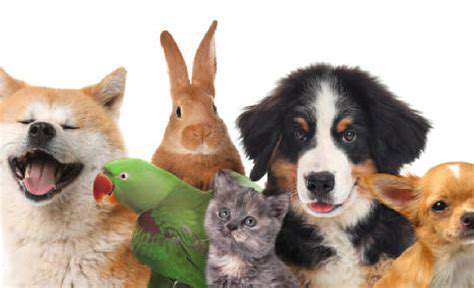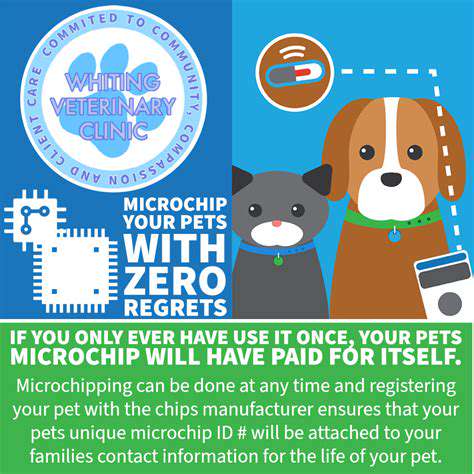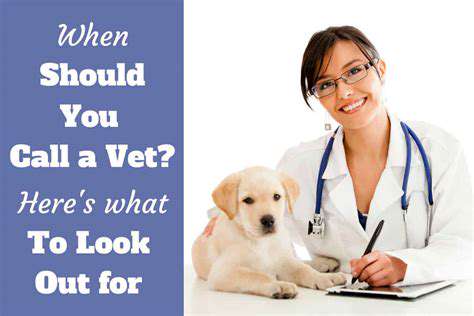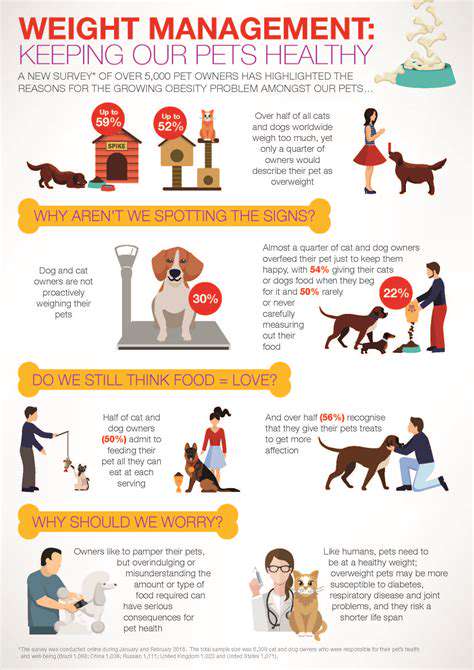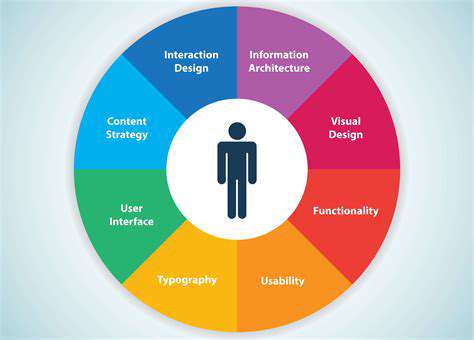Posing Your Pet for Perfect Pictures
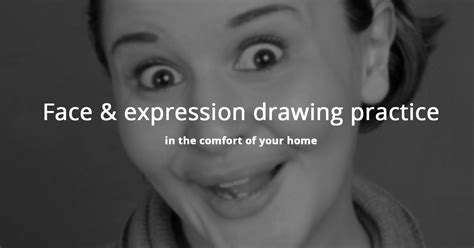
Understanding Your Pet's Needs
To capture the perfect pet photo, start by understanding what makes your pet comfortable. A relaxed pet is a photogenic pet. Pay attention to their body language—ears back, tail tucked, or excessive panting can signal stress. Adjust the environment to put them at ease, whether that means lowering the noise level or giving them a favorite toy.
Timing matters too. Schedule the shoot when your pet is typically calm, like after a walk or meal. Avoid times when they’re hyper or sleepy, as this can make it harder to get the shot you want.
Choosing the Right Time and Setting
The best pet photos often come from the simplest settings. A quiet backyard, a sunlit living room, or a local park can all work beautifully. Natural light is your best friend—it’s flattering and brings out the texture of your pet’s fur. Avoid direct sunlight, which can cause squinting or harsh shadows. Overcast days are ideal for even lighting.
Equipment and Accessories
You don’t need a fancy camera to take great pet photos, but a few tools can help. A smartphone with portrait mode can create a lovely blurred background. For more control, use a DSLR or mirrorless camera with a fast shutter speed to freeze motion. Props like bandanas, baskets, or blankets can add charm, but don’t overwhelm the photo. Keep the focus on your pet.
Encouraging a Relaxed and Playful Atmosphere
Pets pick up on your energy, so stay calm and patient. Let them be themselves—some of the best shots happen when they’re not posing. Use treats or toys to grab their attention, but avoid overstimulating them. If they’re not cooperating, take a break and try again later.
Patience and Practice
Great pet photography takes time. Don’t expect perfection in the first few shots. Experiment with angles—get down to their level for a more intimate perspective. Practice makes progress, and every session teaches you something new about your pet’s photogenic side.
Post-Processing Techniques
A little editing can enhance your photos without making them look fake. Adjust brightness and contrast to make the colors pop. Crop to improve composition, and sharpen the image slightly for clarity. Subtle tweaks can turn a good photo into a great one.
Capturing Unique Moments
Some of the most memorable pet photos are candid. Capture your dog mid-zoomies, your cat batting at a toy, or your rabbit munching on greens. These unposed moments reveal their true personality. Be ready with your camera—the magic often happens when you least expect it.
Post-Processing Techniques for Enhancing Your Pet Photos
Pre-Processing: Setting the Stage for Success
Before editing, start with the best possible raw image. Good lighting and composition reduce the need for heavy editing. Shoot in RAW format if your camera allows—it gives you more flexibility in post-processing. Avoid overexposing or underexposing the photo; aim for balanced lighting.
Color Correction and Enhancement
Adjust the white balance to ensure colors look natural. Boost saturation slightly to make fur and eyes stand out, but avoid oversaturating. Small changes can make a big difference in bringing your pet’s features to life. Use the vibrancy slider for a more subtle effect.
Sharpening and Detail Enhancement
Sharpen the image to highlight details like whiskers or fur texture. Be gentle—too much sharpening can look unnatural. If the photo is noisy (grainy), apply light noise reduction. Focus on enhancing what’s already there rather than creating artificial effects.
Adding Finishing Touches and Adjustments
Crop to improve the composition, removing distractions from the edges. Straighten the horizon if needed. A slight vignette can draw attention to your pet. Less is often more—aim for a polished but natural look. Save a copy of the original before making changes, so you can always go back.
Read more about Posing Your Pet for Perfect Pictures
Hot Recommendations
- Holistic Pet Health: Integrating Approaches
- The Future of Pet Identification: Biometric Scanners
- Service Dogs for PTSD: A Guide to Support
- The Benefits of Non Anesthetic Professional Teeth Cleaning
- Herbal Supplements for Pet Joint Health
- The Intersection of IoT and Pet Wellness
- Healthy Weight Management for Senior Pets
- The Best Pet Beds for Orthopedic Support and Comfort
- Competitive Dog Sports: Agility, Flyball, Dock Diving
- Luxury Pet Hotels: Pampering Your Beloved Pet



